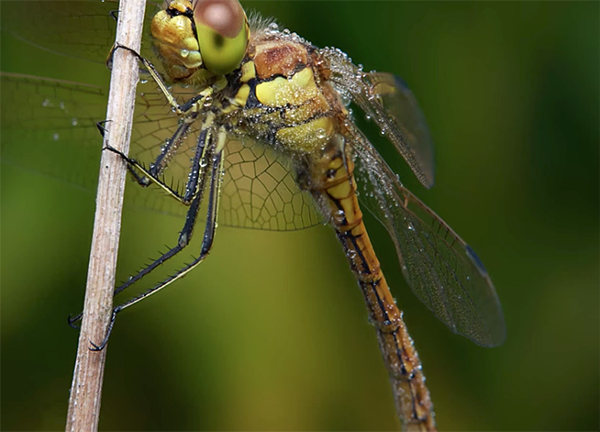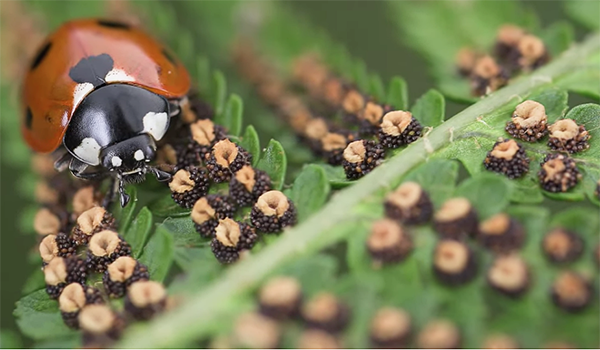Want to Shoot Pro Quality MACRO Photos? Try These 7 Tips (VIDEO)
There’s still time before the seasons change to capture eye-popping macro photos of insects, and the quick tutorial below will help you level up your game. You’ll learn seven pro tips in just seven minutes, before it’s time to switch gears and think about making close-ups of snowflakes.
Insects can be more challenging than other macro subjects. This because, unlike flowers and other stationary objects, insects seem to always be on the move—often in erratic and unpredictable ways. This episode from photographer Peter Bredahl Dam covers everything from finding the bugs, focusing techniques, camera settings, and more. He also explains, “how to become a ninja.”
You can’t make great photographs of insects unless you know where to find them, and Dam simplifies the search by noting that many bugs tend to concentrate on or near flowers and plants. So the first place you should look is an area where different types of flora are present in abundance. Bugs are also attracted to water, so ponds, streams, and lakes are other prolific locations.

When it comes to gear, Dam recommends always having a flash or ringlight handy and he explains how these affordable accessories will really step up your games—even when there’s plenty of natural light at your location. A flash does wonders for filling in shadows for a more evenly lit image. And the short duration of a bright flash will become your effective shutter speed and is thereby very effective for stopping motion to achieve sharp shots of fidgety bugs.
Another reason for employing supplemental light is that doing so helps accentuate the fine details of colorful insects. You’ll also find that this technique often results in photos with a darker background and helps make your subjects stand out from their surroundings. The trick is to use the flash or ringlight in a way that doesn’t overpower the scene and make it appear unnatural.
Tip #3 involves Dam’s preference for shooting in Manual mode, and he describes various exposure settings and other camera options that tend to deliver optimum results. Controlling aperture is just as important as shutter speed because of the shallow depth of field that’s inherent to short camera-to-subject distances—especially when using a high magnification macro lens.

Dam shoots held-held, unlike other macro specialists. He says that with this approach you have the freedom to move around to quickly adjust composition when a subject hops from one spot to another. He adds that framing adjustments be very frustrating when the camera is locked down atop a tripod.
Just like with exposure, Dam recommends a manual approach to focusing, while concentrating on the subject’s eyes. Experienced macro specialists often select a proper focus point and then slowly move closer and closer until the subject is tack sharp (rather than standing in one position and racking the focus ring back and forth until the subject pops sharply into view.
You’ll have to watch the video to see how to become a ninja, and why you should “stop snoring and get out of bed.” There much more to learn about all forms of outdoor photography on Dam’s popular YouTube channel.
And don’t miss the tutorial we posted earlier, demonstrating how shooting from a unique vantage point can make a huge difference in all of your photos.




